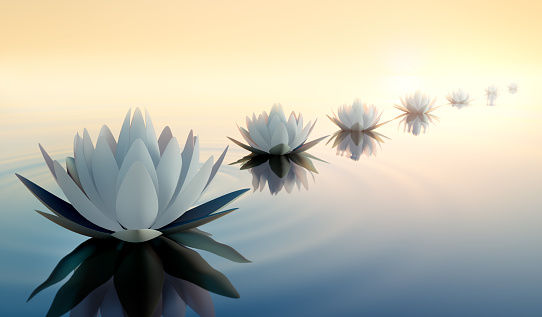The Buddha told his disciples: it’s clinging to any objects that will become obstacles to liberation, not the value of the clung objects. At the time of death, if a rich person can distribute his assets properly, which leaves him with no attachment to his assets, the assets will not become obstacles to his liberation. To the contrary, even if one’s assets are not abundant, if one clings to them, then the assets will become obstacles to one’s liberation.
~Depicted from LUMINOUS WISDOM BOOK SERIES










